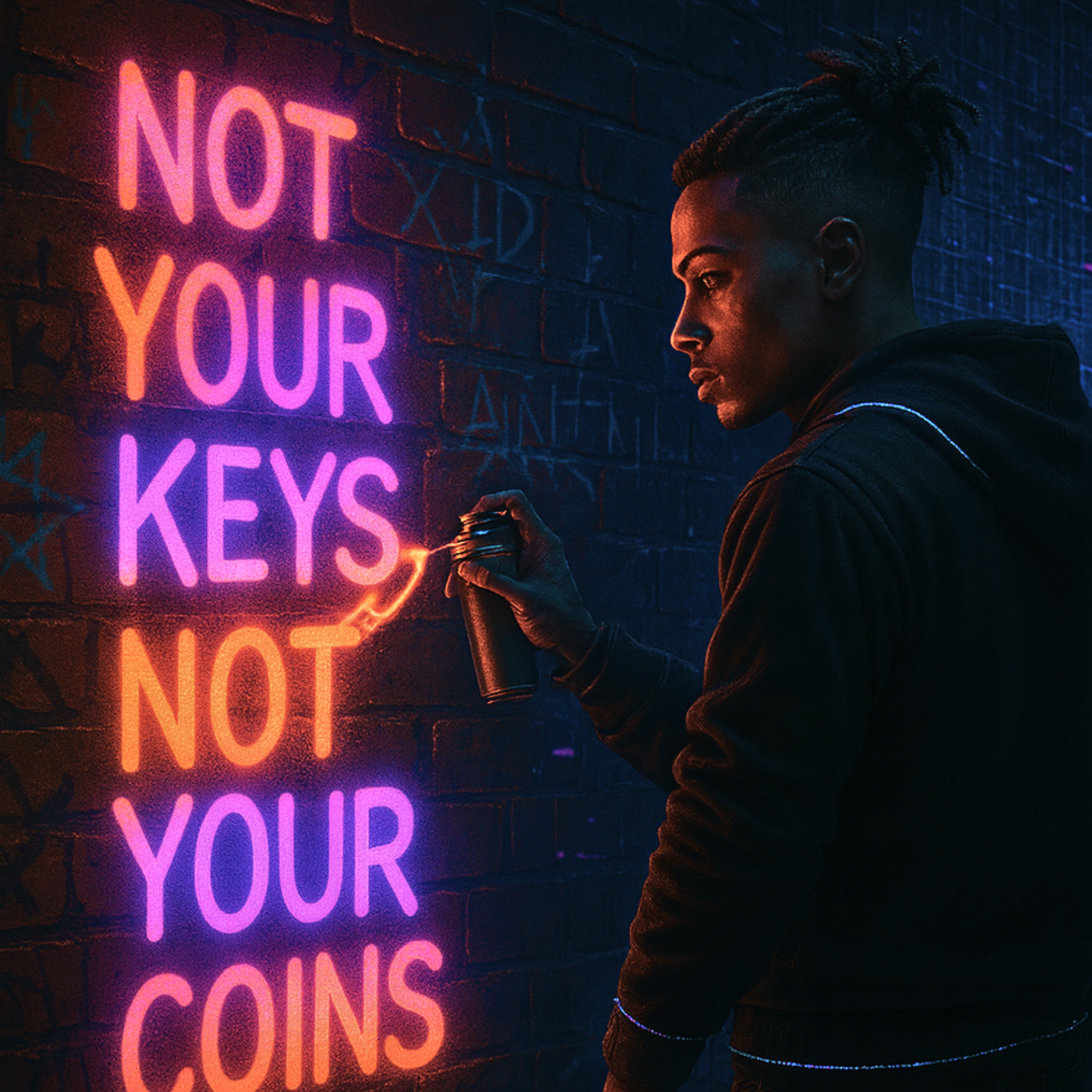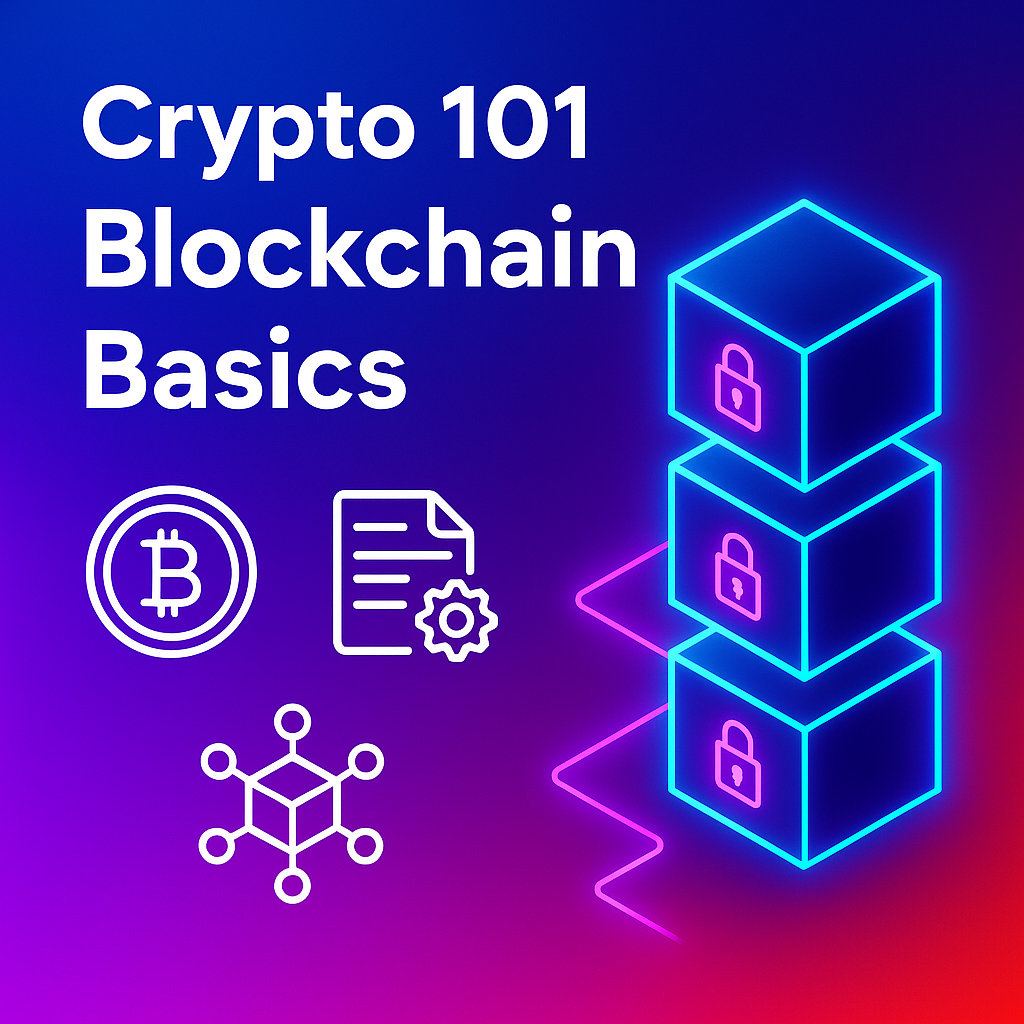
The future of money isn’t in banks, governments, or corporations—it’s in your hands. PulseChain was built to return financial freedom to the individual, and that starts with the most important principle of crypto: being your own bank.
Too many newcomers are drawn in by hype, only to lose everything to scams, poor security, or centralized custody services. The path forward is learning how to protect your wealth, own your keys, and navigate PulseChain safely.
Here’s how to begin your journey securely and confidently.
1. Choose Your Wallet
Your wallet is the access point to your address on the blockchain. It’s where you’ll see your stored PLS, HEX and other assets. You can use a hot wallet (connected to the internet) or a cold wallet (offline, hack-resistant).
-
Internet Money Wallet → Built for PulseChain, supports PLS natively, mobile and browser versions available.
-
MetaMask → The most popular hot wallet, works on all devices, requires adding PulseChain as a custom RPC.
-
Brave Wallet → Built directly into the Brave web browser, no extensions needed, supports PulseChain as custom RPC.
2. Wallet Security Basics
Your seed phrase is the master key to your entire bank. If someone gets it, they own your assets. Learn about Not Your Keys, Not Your Coins.
-
Save your seed phrase offline. Never in cloud storage, email, or screenshots.
-
Write it down twice and store in two secure places. (Split it for additional security.)
-
Never share it. Anyone asking = scam.
3. Use Multiple Wallets
Think of it like having checking, savings, and a wallet in your pocket:
-
Cold Wallet (hardware) → Long-term savings.
-
Hot Wallet (desktop/laptop) → Daily use.
-
Mobile Wallet → Only for small amounts.
Pulse tip: Only purchase a cold wallet directly from the manufacturer.
4. Bridge Into PulseChain
Once your wallet is ready, you’ll need to bring value into PulseChain. Each option has trade-offs:
-
Native Bridge (bridge.pulsechain.com) → Most secure, lowest counterparty risk. Downsides: ETH gas + bridge fees ≈ 0.85 PLS/$
-
LibertySwap (libertyswap.finance) → Lowest fees, abstracted inside the swap. Works across Base, Solana, BNB, Arbitrum. ≈ 0.97 PLS/$
-
0xCoast (0xcoast.com) → Beginner-friendly fiat on-ramp. KYC required, fixed $3 fee + 0.25%. ≈ 0.96 PLS/$
Pulse tip: If you’re moving serious amounts, prioritize security over convenience.
5. Verify Every Link
Scammers thrive on deception. Always:
-
Use only official PulseChain / PulseX / HEX sites.
-
Bookmark them once verified.
-
Double-check spelling—phishing is everywhere.
6. Secure Your Devices
-
Use a VPN when transacting.
-
Keep wallets on a device separate from everyday browsing.
-
Avoid old, cluttered, or virus-ridden computers. Start fresh if needed.
7. Build Layers of Defense
-
Use long, unique master passwords. Memorize them.
-
Consider offline password managers (never cloud).
-
Backup to encrypted USBs or split your seed phrase into safe parts.
Final Word: Becoming Your Own Bank
Being your own bank isn’t just about holding assets—it’s about taking responsibility. PulseChain empowers us to operate without middlemen, but with that freedom comes accountability.
Follow these principles and you’ll not only protect yourself, but also set the standard for those you help onboard in the future.
Remember: It's not crypto if you're not holding your keys.







